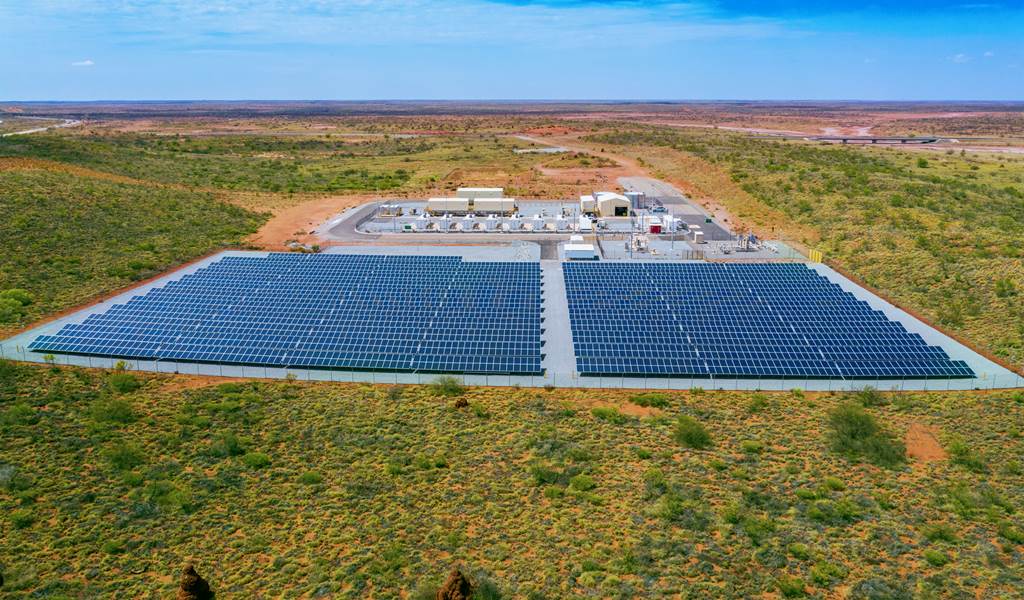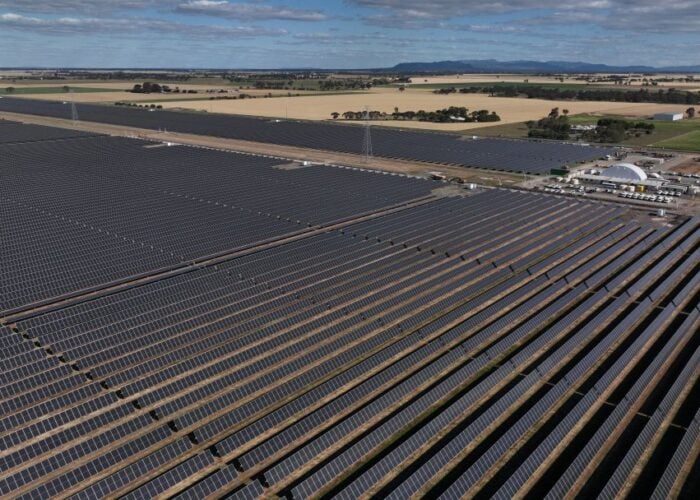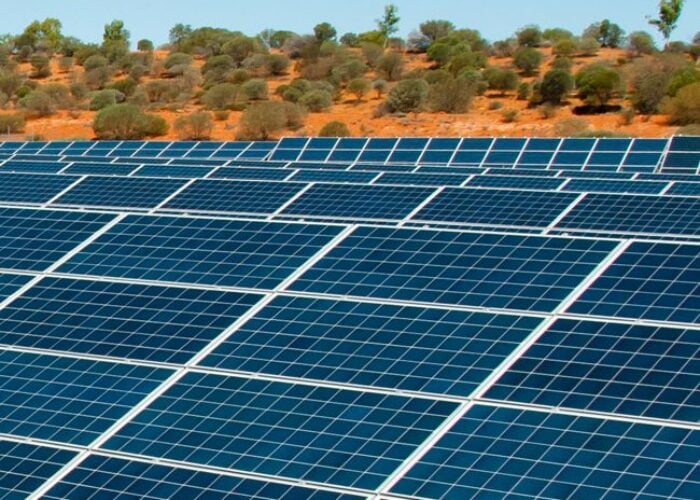
Public policy think tank the Australia Institute has released new research arguing that reconfiguring off-peak hot water systems could mitigate 4,000GWh of curtailed solar PV and wind energy on the National Electricity Market (NEM).
Curtailment remains at the forefront of future renewable energy and transmission network developments. Much of the renewable energy needed to decarbonise global grids could be significantly supported if the grid had enough operational capacity to transmit green energy produced from solar PV and wind.
Try Premium for just $1
- Full premium access for the first month at only $1
- Converts to an annual rate after 30 days unless cancelled
- Cancel anytime during the trial period
Premium Benefits
- Expert industry analysis and interviews
- Digital access to PV Tech Power journal
- Exclusive event discounts
Or get the full Premium subscription right away
Or continue reading this article for free
Due to grid restrictions, the Australian Energy Market Operator (AEMO) often instructs large-scale generators such as solar PV and wind farms to disconnect from the NEM to prevent an oversupply of electricity at peak periods. Until the grid has been reinforced and additional capacity has been unlocked, this will likely continue even as new projects become operational.
The Australia Institute’s research highlights that annual forced curtailment figures stood at 4,000GWh for 2023-24, representing around 9.3% of Australia’s total wind and utility-scale solar generation.
Some of this could be prevented. According to the Australia Institute, historically, off-peak hot water systems have been set to operate at night. Still, they could be reconfigured to consume electricity during the middle of the day when there is an abundant supply of renewable electricity. Doing so could provide around 4,000GWh of flexible demand and thus prevent a certain degree of the curtailment.
This could also have an economic benefit. The research indicates that implementing this measure could save up to AUS$6 billion (US$3.9 billion) in household electricity and energy costs by 2040.
ARENA investment to boost NEM’s operational capacity
It is worth mentioning that the Australian Renewable Energy Agency (ARENA) recently allocated AUS$15 million in funding to the AEMO to increase the NEM’s operational capacity. In doing so, this could help reduce curtailment.
This same funding will aid solar energy and other renewable energy generation technologies like hydro and wind. It will also support energy storage, often regarded as a vital cog in developing a renewable energy-based grid.
Dr Richard Denniss, executive director at the Australia Institute emphasised that the country is currently “turning its back” on nearly 10% of the current renewable energy capacity in the grid and that a reconfiguration of off-peak hot water systems could help Australians access “clean, cheap renewable energy”.
“The time for inflexible, expensive and polluting electricity from fossil fuels has come and gone. It is now up to the Federal government to make the necessary changes that will allow Australians to properly access clean, cheap renewable energy,” Denniss added.
“If off-peak hours were moved away from the time of day dominated by coal-fired electricity and towards the time of day when the sun is shining brightest, households would save money and we would reduce emissions.”
Dr Craig Roussac, CEO at Buildings Alive, who also had a hand in producing the research, said this could be “the low hanging fruit of the energy transition”.






